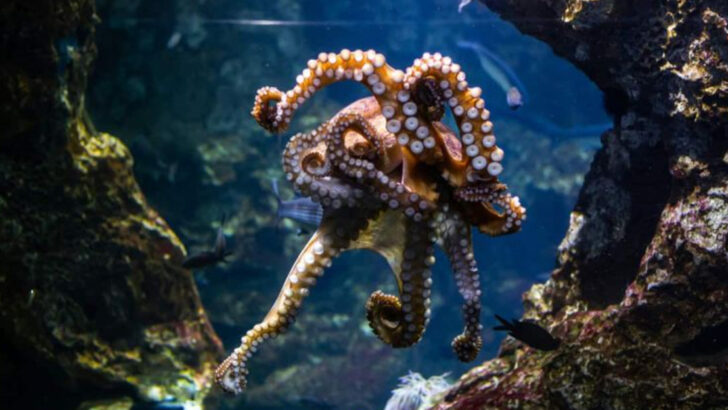Octopuses are straight-up alien. Three hearts. Blue blood. Arms that can think on their own. These creatures aren’t just strange—they’re next-level bizarre in the best possible way. They squeeze through holes the size of coins. They vanish into their surroundings like magicians. They open jars, pick locks, and—yes—some even walk on land. You might think you know them, but trust us: you don’t. Here are 17 wild, jaw-dropping, almost-unbelievable facts about octopuses that will completely change the way you see this eight-armed mastermind of the sea.
Octopus Intelligence Rivals Dogs
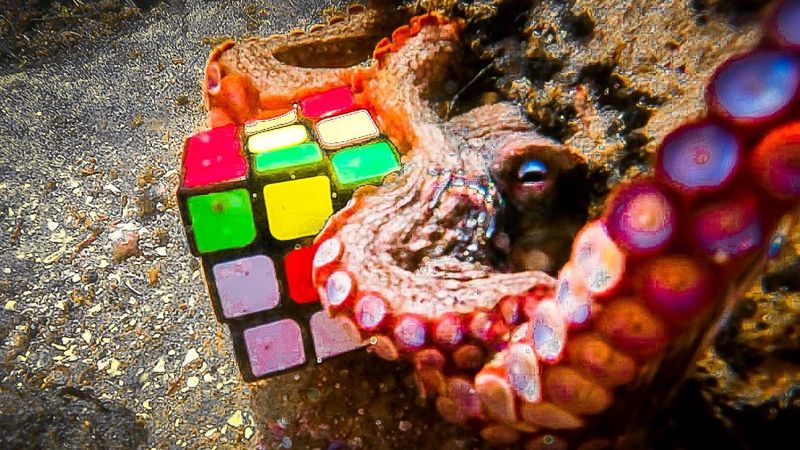
Octopuses are often compared to dogs in terms of intelligence. Their ability to solve problems and navigate mazes shows a level of cognitive function unusual in invertebrates. Researchers have observed octopuses unscrewing jar lids to access food. This high problem-solving skill demonstrates a complex mental capacity.
Moreover, their short-term memory helps them remember solutions to problems. Unlike most marine creatures, octopuses use tools, which is a sign of advanced intelligence. Scientists continue to study their behavior, hoping to unlock more of their cognitive secrets. These discoveries reinforce the notion that octopuses are the intellectual giants of the ocean.
Master of Disguise
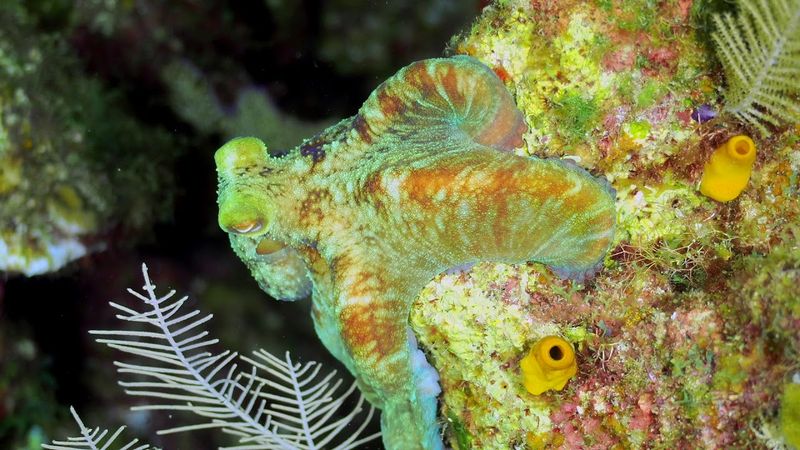
An octopus’s ability to change color and texture makes it a master of disguise in the ocean. This camouflaging skill helps them evade predators and surprise prey. Using specialized cells in their skin called chromatophores, octopuses can blend into their surroundings seamlessly.
They can even mimic the texture of nearby objects like coral and rocks. This ability is not just for defense; it’s a tool for hunting as well. By changing their appearance, they can sneak up on unsuspecting prey. The speed and precision of these transformations are nothing short of miraculous, showcasing their adaptability and survival instincts.
Three Hearts, Eight Arms
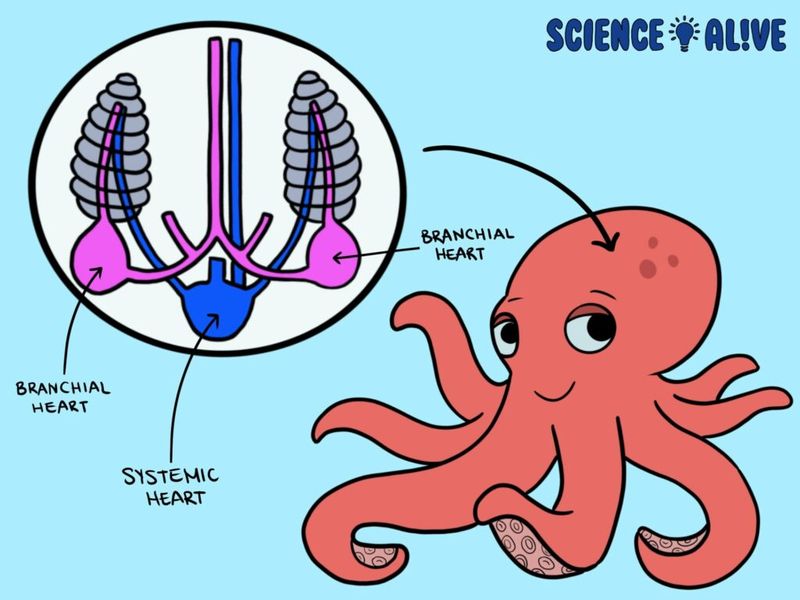
Did you know that octopuses have three hearts? Two of these hearts pump blood to the gills, while the third sends it to the rest of the body. This unique circulatory system supports their active lifestyle and complex physiology.
Their eight arms are another signature feature, each equipped with sensitive suckers capable of tasting and gripping. These arms operate semi-independently, allowing the octopus to multitask effectively. With this biological setup, octopuses perform tasks that seem almost human-like in complexity, further enhancing their reputation as one of the ocean’s most fascinating inhabitants.
The Great Escape Artists
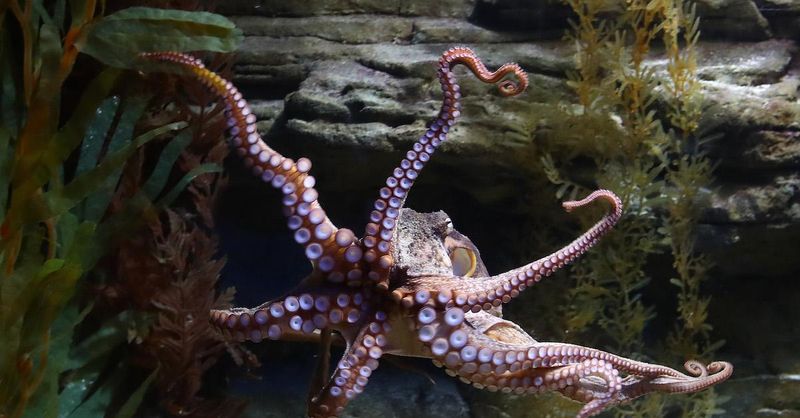
Octopuses are renowned for their escape artistry. They can squeeze through astonishingly small gaps due to their soft, flexible bodies. This skill has earned them the reputation of being the Houdinis of the sea.
In captivity, octopuses have been known to escape from tanks by unscrewing lids or pushing through drainage holes. Their ability to adapt quickly makes them a challenge to contain. This escape prowess is not just about physical ability; it also highlights their problem-solving skills and determination. Such traits are what make octopuses a continual source of fascination for researchers.
Regeneration Power
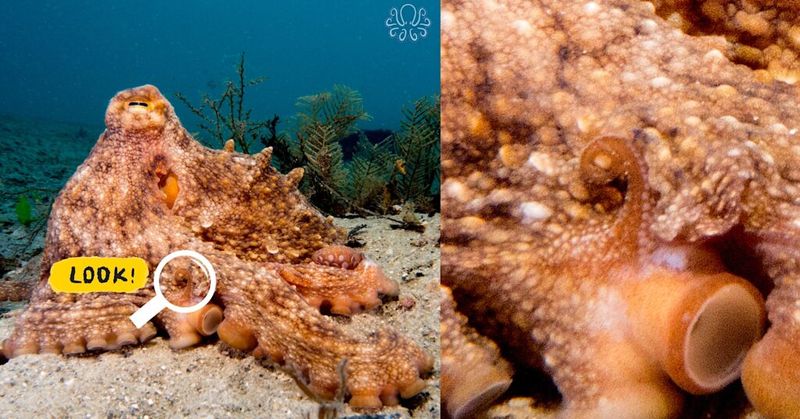
One of the octopus’s most remarkable features is its ability to regenerate lost limbs. If an arm is injured or bitten off, they can regrow it over time. This regenerative ability is similar to that of starfish and lizards.
During regrowth, new tissue gradually forms until the arm is fully restored. This capacity not only aids in survival but also showcases the octopus’s remarkable resilience. Scientists study this process to learn more about cellular regeneration, hoping it might inspire medical advancements. It underscores the octopus’s capacity to adapt and thrive under challenging conditions.
The Ink Defense Mechanism
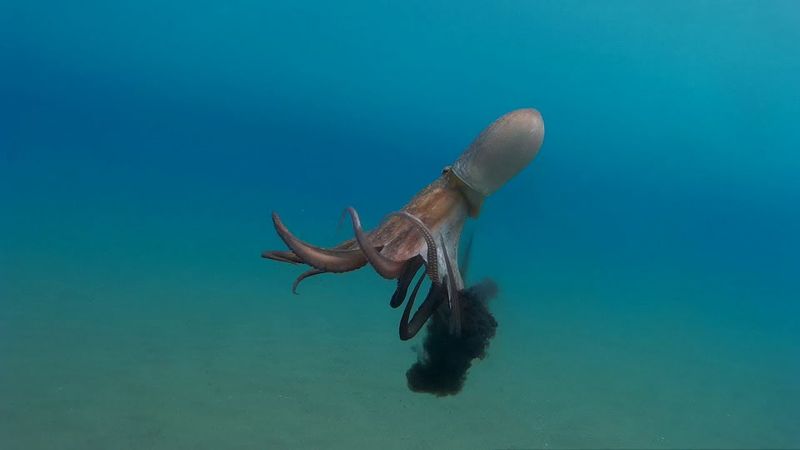
When threatened, octopuses can release a cloud of ink to confuse predators and make a quick escape. This ink also contains substances that can dull a predator’s sense of smell, making it harder to track the octopus.
The ink sac, located near the digestive system, produces this defensive mechanism. Once released, the ink forms a dark, cloud-like shape, providing the octopus with a critical moment to flee. This tactic illustrates the octopus’s strategic use of its natural resources for survival. It’s an evolutionary trait that has helped maintain their presence in the ocean over millions of years.
Colorblind Visionaries
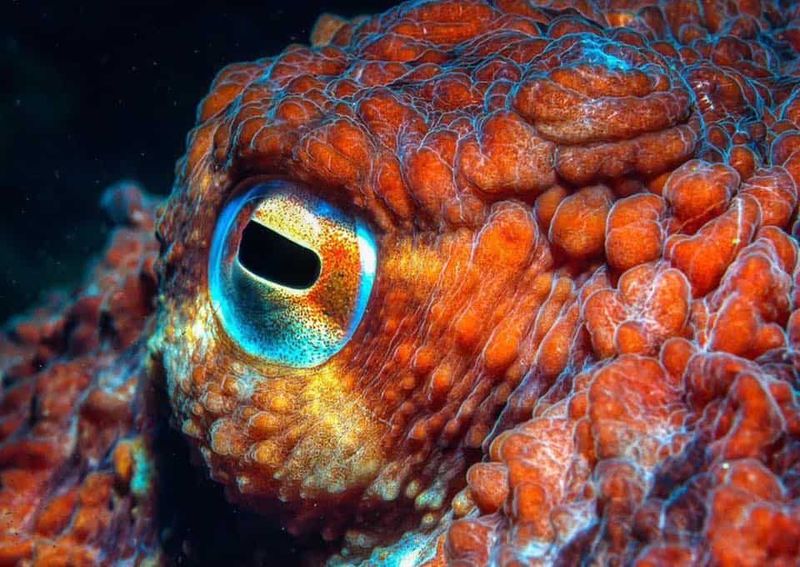
Despite their ability to change color, octopuses are actually colorblind. Their eyes are highly developed, capable of detecting polarized light, which enhances their vision in murky waters.
This capability allows them to perceive contrast and differentiate objects even in low-light environments. Their rectangular pupils provide a wide field of view, further aiding their navigation and hunting techniques. The irony of their colorblindness juxtaposed with their color-changing ability is a fascinating aspect of their biology, showcasing nature’s unpredictability. This unique vision system continues to intrigue scientists studying visual perception.
Lonely Yet Lovable
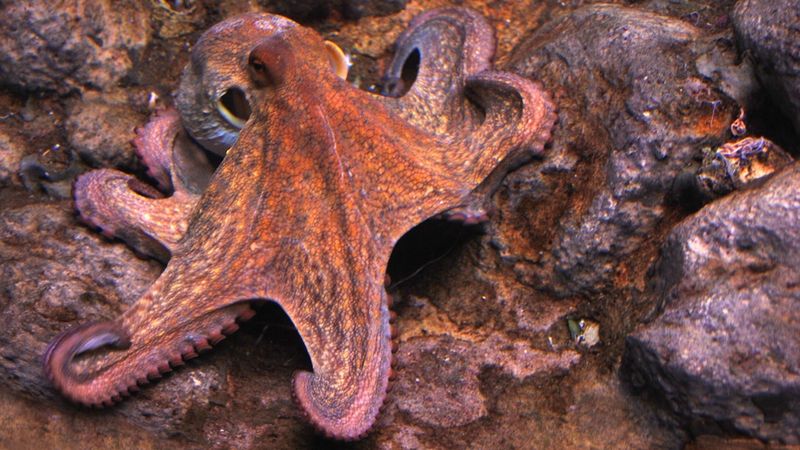
Octopuses are solitary creatures, often living alone in dens they create from rocks and shells. Their reclusive nature is punctuated by their brief interactions during mating season.
Despite their solitary lifestyle, they display a range of complex behaviors, often perceived as endearing by those who study them. Their ability to interact with their environment in such a nuanced way adds to their charm. While they may not seek companionship, their interactions with the world around them reveal a depth of character that resonates with many. This solitary life highlights their independence and self-sufficiency in the wild.
Jet Propulsion Masters
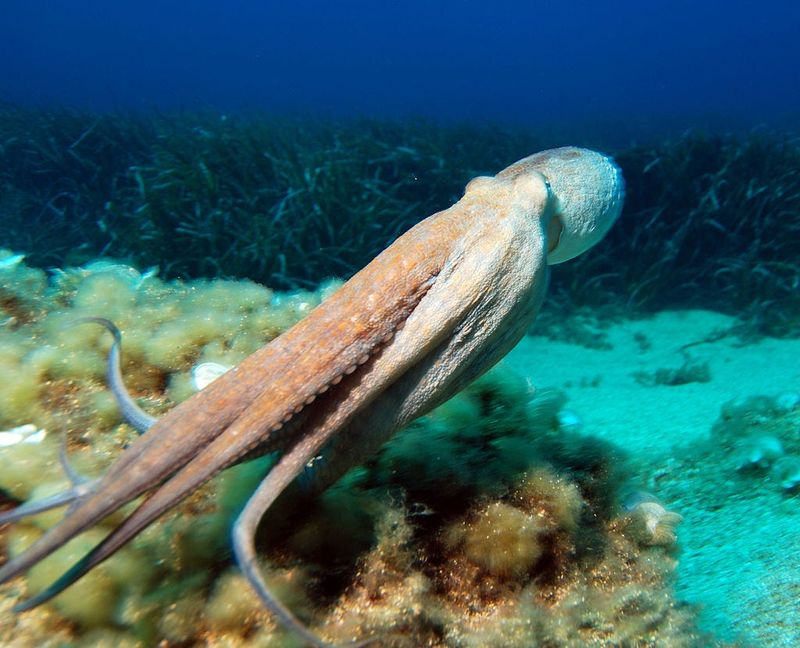
Octopuses have a unique mode of movement known as jet propulsion. By forcefully expelling water through their siphon, they can propel themselves quickly through the water.
This method allows them to escape predators rapidly and navigate their environment with agility. Jet propulsion is not only a survival technique but also a marvel of natural engineering. It showcases the octopus’s ability to harness its physical attributes for efficient movement. This swift mode of travel exemplifies their adaptability and innovation in the ocean’s vast landscape, making them formidable swimmers in their aquatic domain.
Mimicry Marvels
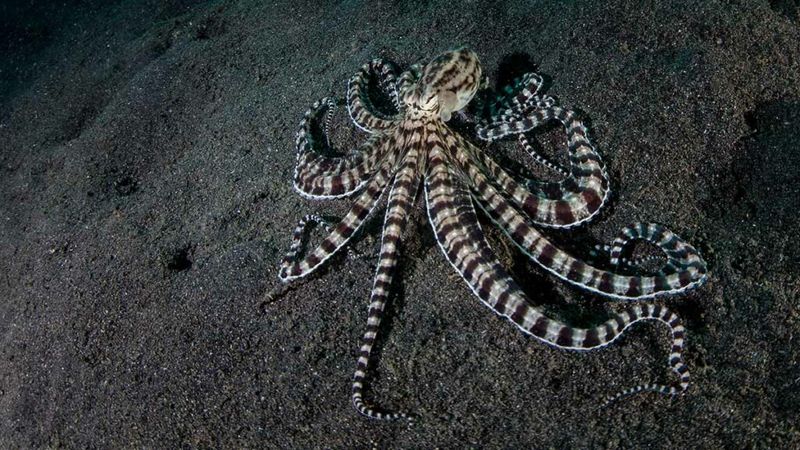
The mimic octopus takes camouflage to the next level by altering its shape to impersonate other animals. This remarkable ability allows it to avoid predators by imitating creatures like lionfish, flatfish, and even sea snakes.
This form of mimicry is not just about appearance; it involves adopting behaviors of the creatures they imitate. Such adaptive strategies demonstrate the octopus’s resourcefulness and creativity in survival. It highlights their ability to manipulate their environment and interactions, providing an edge in the oceanic food chain. This fascinating mimicry displays the evolutionary ingenuity of these cephalopods.
Octopus Cuisine and Delicacies
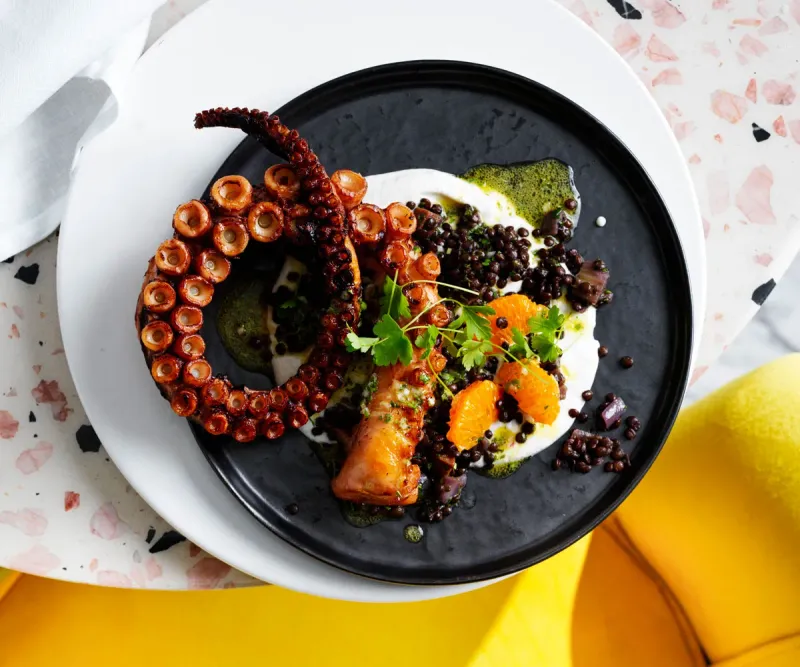
Octopus has been a staple in various culinary traditions worldwide. Its tender, flavorful meat is often featured in Mediterranean, Asian, and South American cuisines.
Prepared in numerous ways, from grilling to boiling, octopus offers a versatile option for chefs. Its unique texture and taste make it a sought-after delicacy. The preparation often involves tenderizing to enhance its flavor profile. While it remains a gourmet choice, sustainable fishing practices are essential to preserve their populations. Chefs and food enthusiasts alike celebrate octopus for its culinary versatility and cultural significance across different regions.
Octopus Nursery Guardians
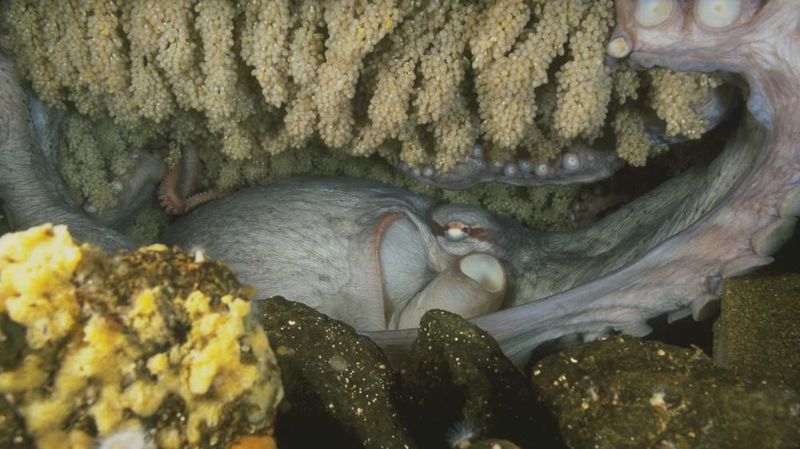
Female octopuses exhibit remarkable maternal instincts. After laying thousands of eggs, they devote themselves entirely to guarding and caring for them until they hatch.
During this time, the mother ensures the eggs are aerated and protected from predators. This sacrificial behavior, often leading to the mother’s death, underscores the species’ dedication to the next generation. It showcases a profound level of care and commitment unseen in many marine creatures. The nurturing aspect of the octopus reveals the intricate balance between survival and sacrifice inherent in nature.
Tactile Explorers
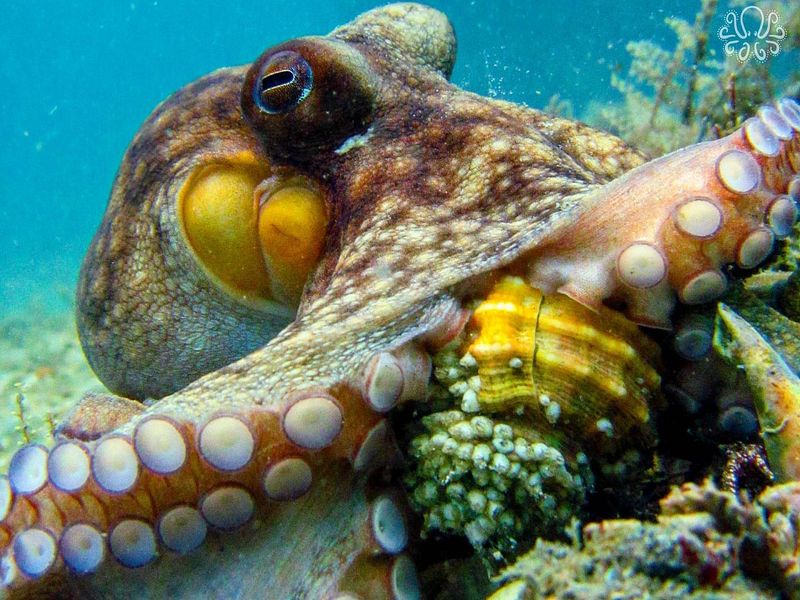
The octopus’s tentacles are equipped with highly sensitive suckers, each capable of tasting and feeling. This tactile ability allows them to explore and interact with their environment with precision and curiosity.
These suckers operate like fingers, capable of delicate manipulation and sensory detection. This sensory richness enables the octopus to identify food, navigate spaces, and even communicate. Their touch-driven exploration underscores their cognitive complexity and adaptability. This intriguing aspect of their biology highlights their intelligence and resourcefulness, making them one of the ocean’s most adept explorers.
Octopus Ink as a Cooking Ingredient
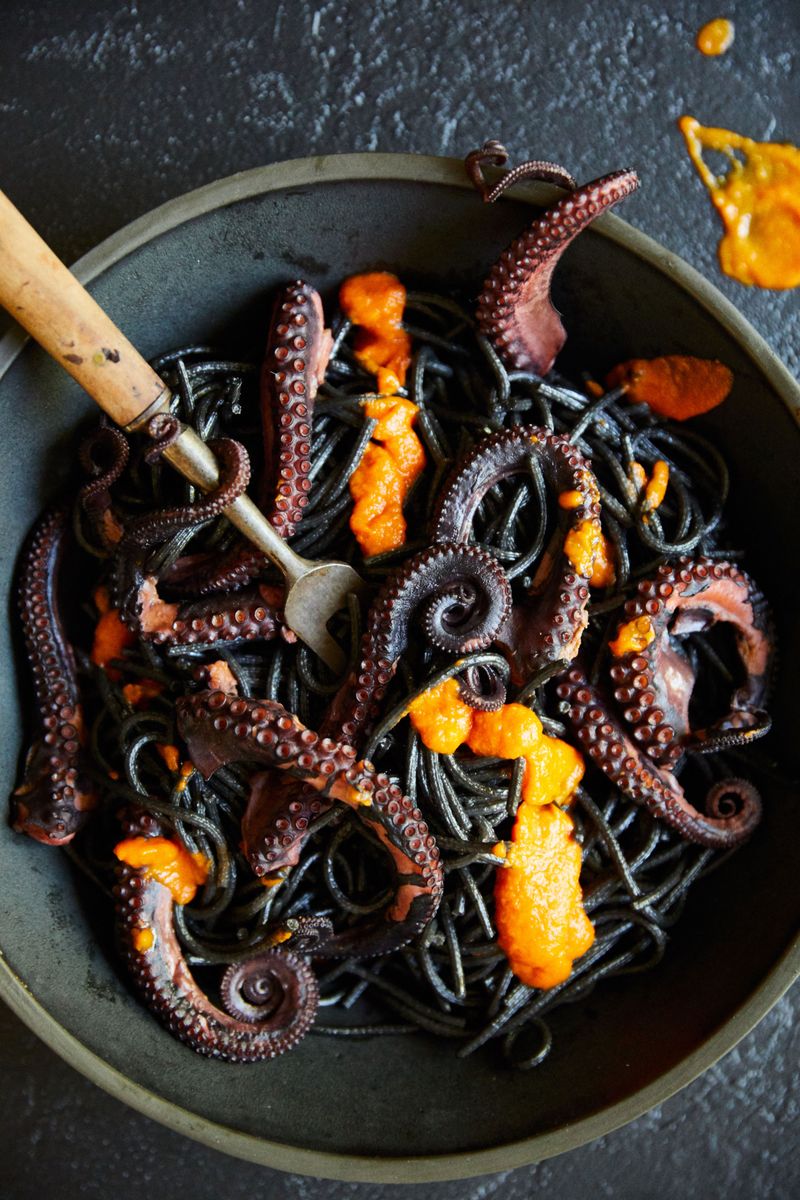
Beyond its defensive use, octopus ink is a prized ingredient in culinary arts. It adds a rich, savory flavor to dishes and creates visually striking presentations.
Commonly used in Mediterranean and Asian cuisines, the ink enhances pastas, sauces, and risottos with its unique taste and color. This culinary use transforms a natural defense into a gourmet delight, showcasing the octopus’s contribution to fine dining. Chefs appreciate the depth and elegance it brings to their creations, turning meals into a sensory experience. It bridges the gap between survival instinct and culinary artistry.
Octopus: The Ancient Symbol

Throughout history, octopuses have been revered in art and mythology. Ancient cultures often depicted them as symbols of mystery and intelligence.
In Minoan and Greek art, octopuses adorned pottery and jewelry, reflecting their cultural significance. These creatures were also seen as guardians of the sea, embodying both fear and respect. Their enigmatic nature inspired countless stories and legends, showcasing their impact on human imagination. The octopus’s role in historical narratives highlights the timeless fascination they hold, bridging ancient lore with modern appreciation for their complexity and allure.
Blue Blooded Creatures
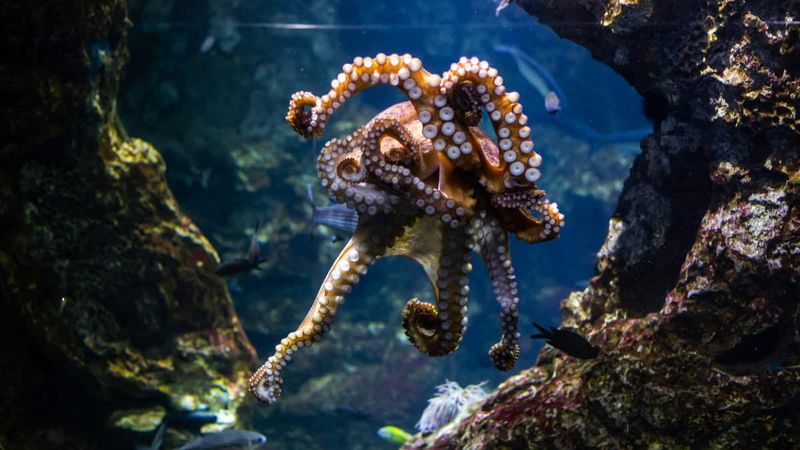
Octopuses, unlike most animals, have blue blood. This is due to the presence of hemocyanin, a copper-based molecule that transports oxygen through their bodies.
This adaptation is suited for their cold, low-oxygen ocean habitats. The blue blood efficiently delivers oxygen even in deep-sea conditions. This unique circulatory system illustrates the octopus’s evolutionary adaptations that enable them to thrive in diverse environments. It highlights the incredible biological diversity found within the animal kingdom, offering insights into the evolutionary processes that shape life on Earth.
The Enigmatic Beak
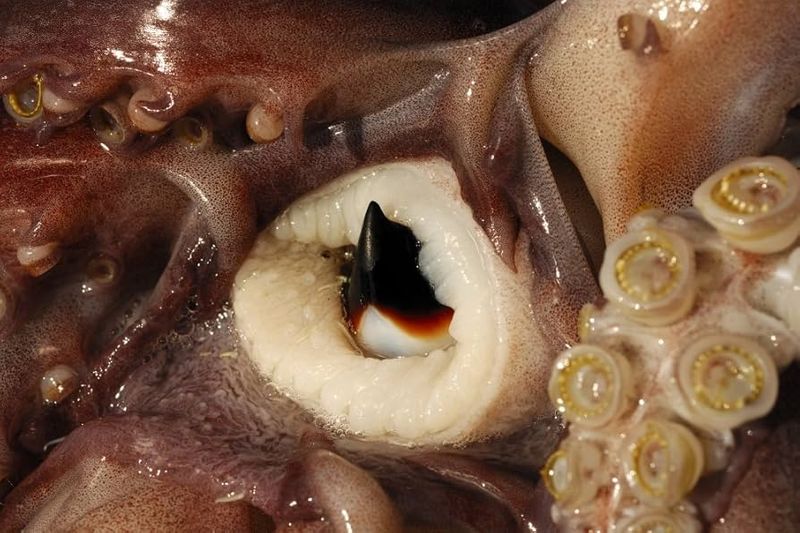
Beneath the octopus’s soft body lies a hidden weapon: the beak. Unlike the rest of its flexible anatomy, this beak is hard and sharp, resembling that of a parrot. It serves as the octopus’s main tool for feeding, as it can crack open the shells of crabs and other prey.
Have you ever wondered how an octopus eats? The beak plays a pivotal role. This unique structure allows the octopus to puncture and consume its meals with precision.
Interestingly, the beak is the only hard part of an octopus, allowing it to squeeze through tiny openings—an essential escape tactic.

